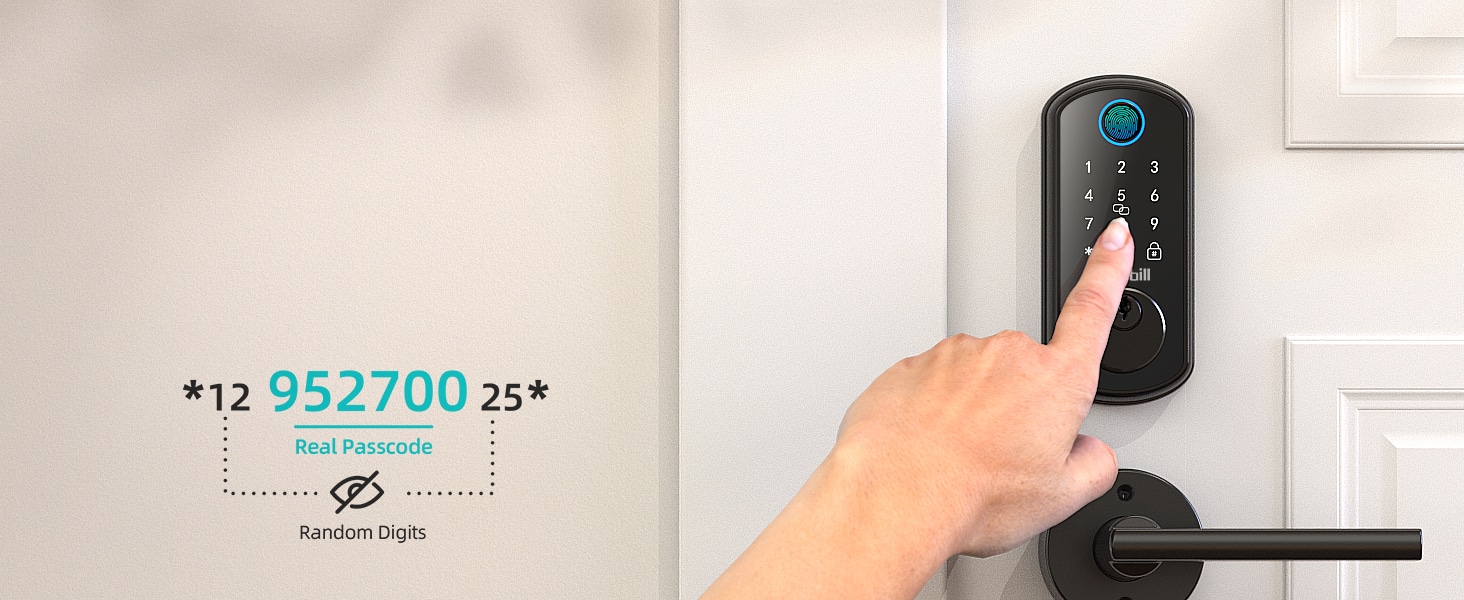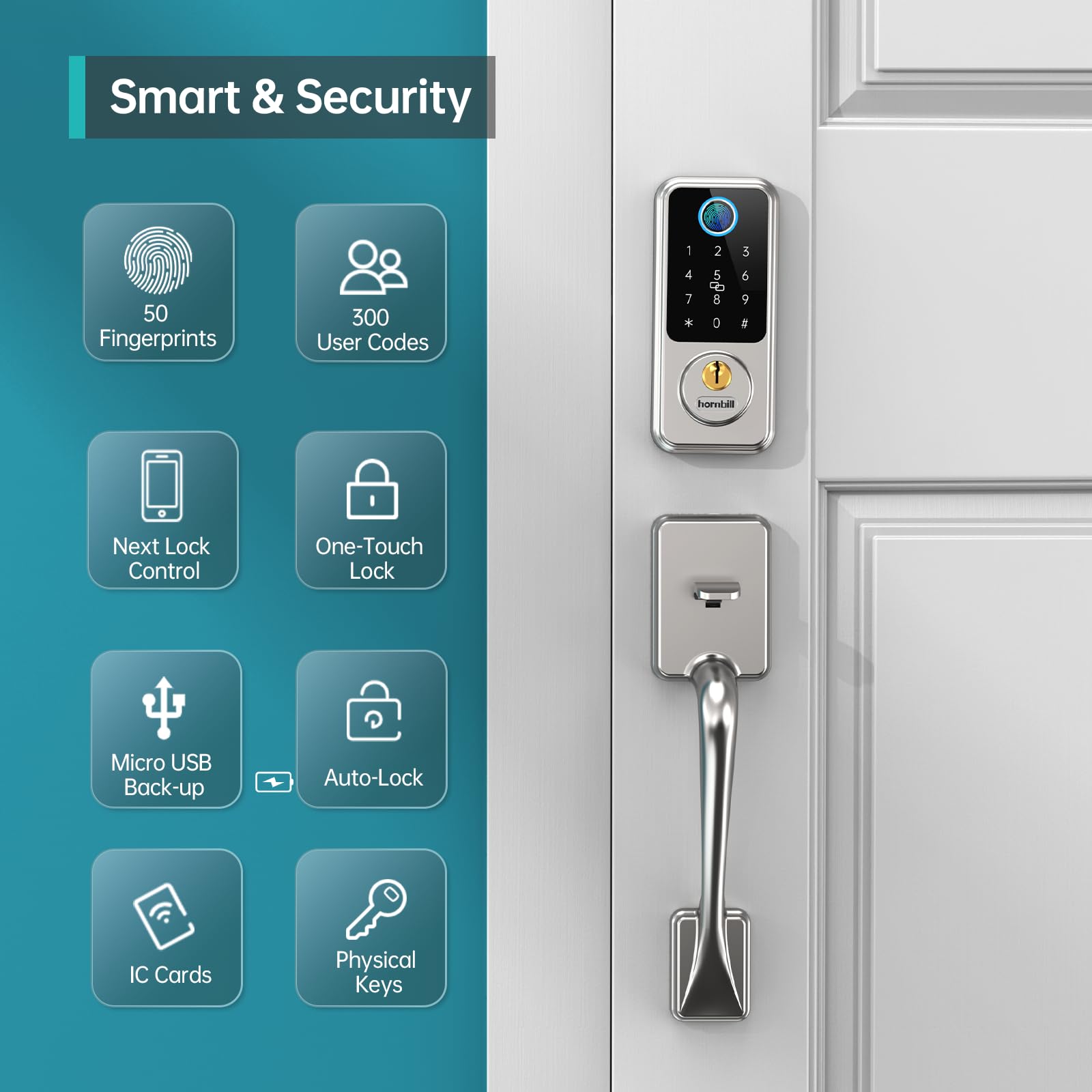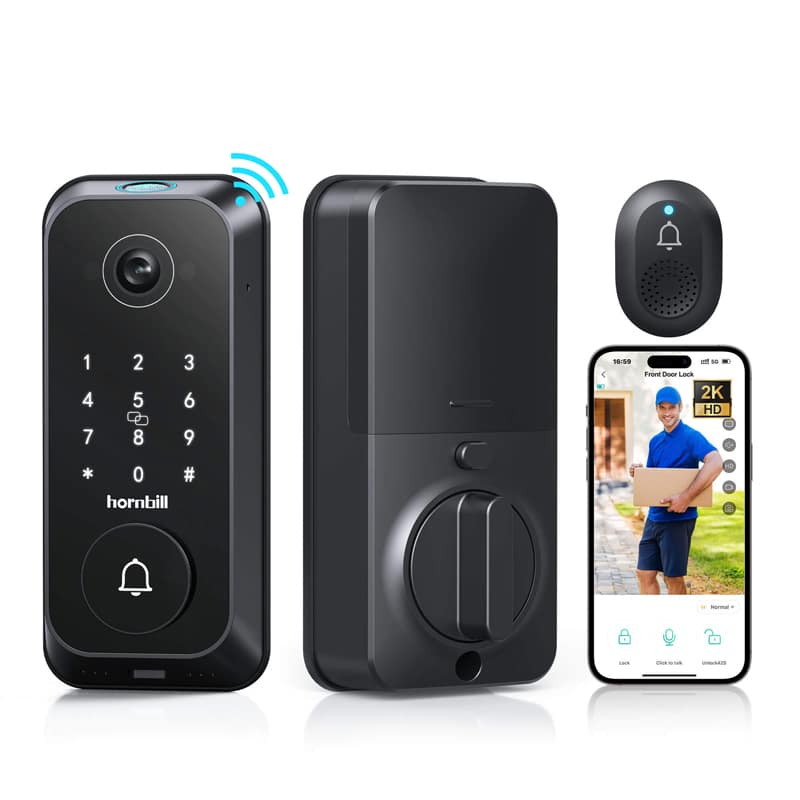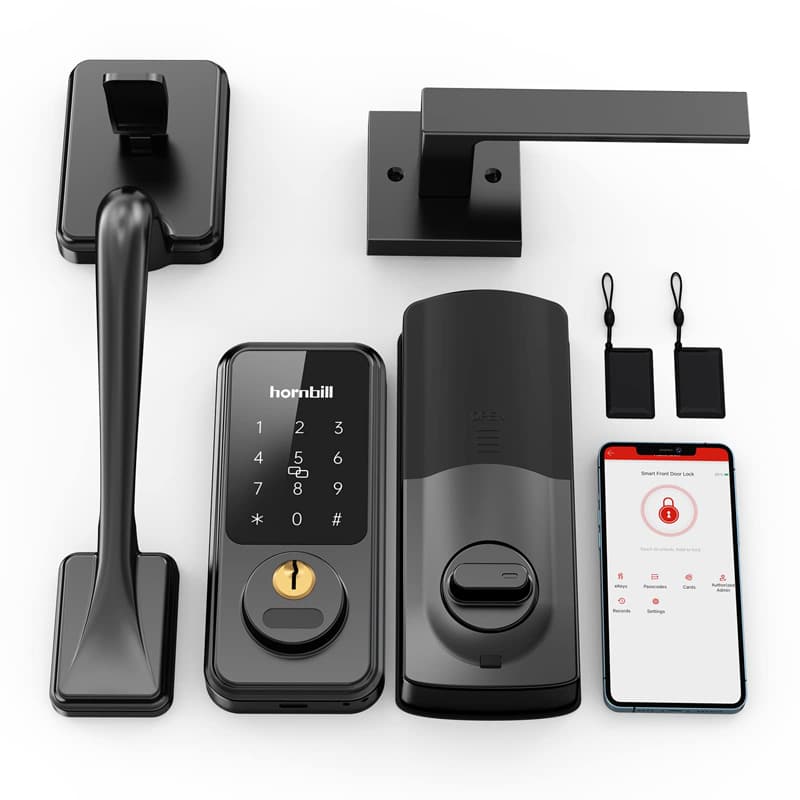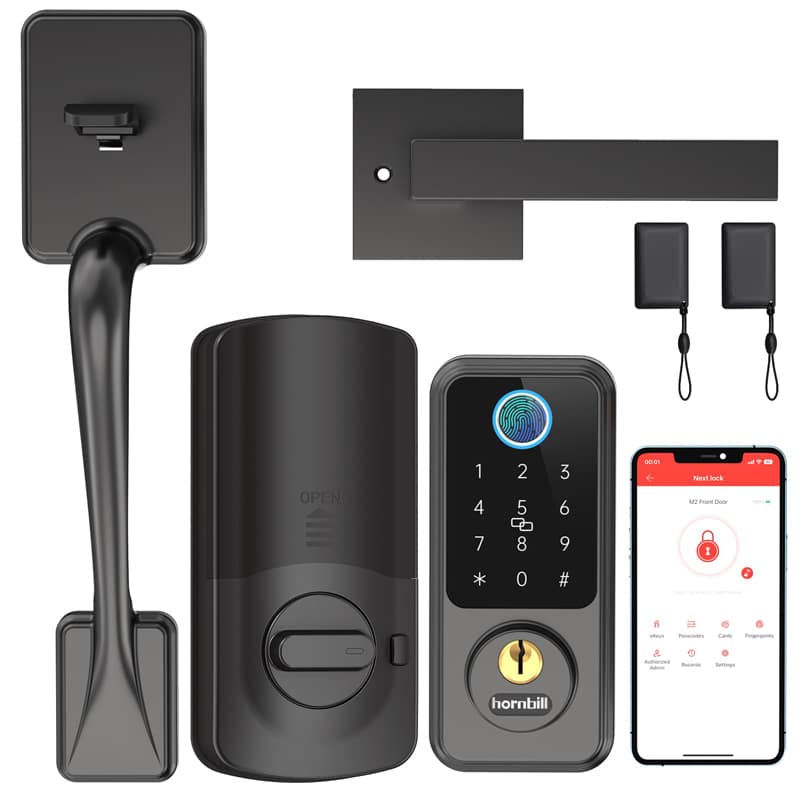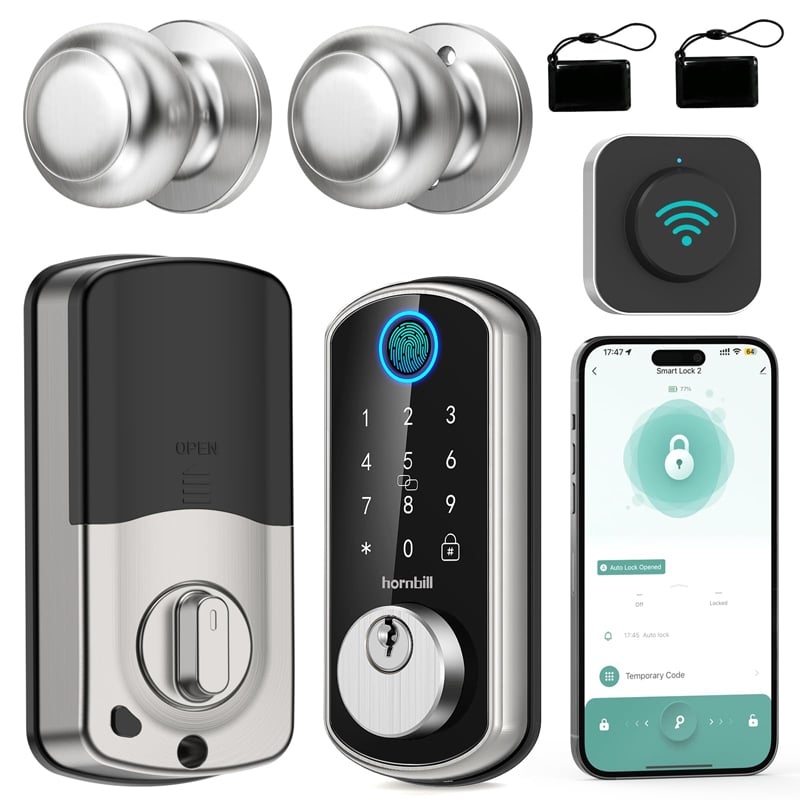Smart locks are in demand more than ever due to their advanced security features and convenience. However, the ease with which these smart locks can be installed can be influenced by numerous factors – the shape of the lock being a particularly significant one.
How the Shape Matters
When saying the ‘shape’ of a fingerprint interior door lock, we are mainly focusing on its physical structure which includes the lock layout, design, size, and how well it fits into the space provided by a door. The shape of a smart lock can greatly decide the complexity of the installation process.
For instance, if a fingerprint door lock is designed to be a cylindrical, deadbolt, or mortise type, then the shape of these locks would determine whether they can be directly fitted into the existing cutouts of a door, hence affecting the ease of the installation.
Similarly, the shape dictates how smoothly a lock can align with the door and the door frame. If a smart lock is too bulky or has a complex design, it could demand additional changes to the door structure, leading to a more complicated installation process.
Furthermore, double-door fingerprint locks that have separate external keypads require extra consideration for the installation location. Optimal placement is often limited by the shape of a lock along with other factors like the door’s design and whether it matches the environment aesthetically.
Conclusion
The shape of a smart lock is just one of the many factors that impact installation difficulty, but it certainly is a crucial consideration for both manufacturers and consumers alike. It’s important to consider the shape of your prospective smart lock before making a purchase, ensuring that it will fit seamlessly into your door and that the installation remains straightforward. With the right shape and design, installing a smart lock can be a rather simple and rewarding endeavour.



